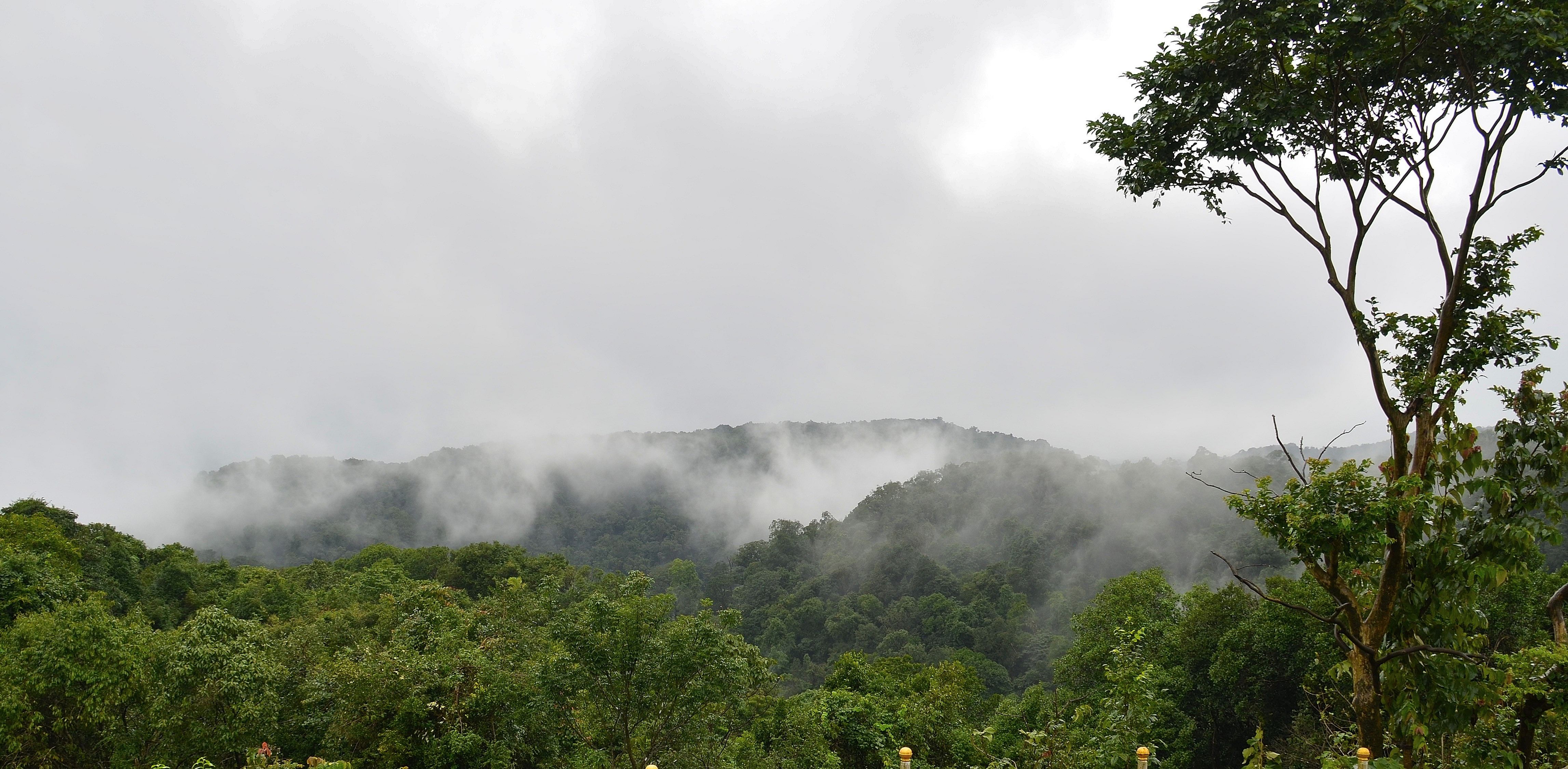
Dr Shivarama Karantha Pilikula Nisarga Dhama (DSKPND) has submitted a final technical report to Karnataka State Biodiversity Board on the vegetation in the Western Ghats.
As part of the study, the project team from DSKPND had selected 46 forest areas for the study in Belagavi, Uttara Kannada, Shivamogga, Chikkamagaluru, Udupi, Hassan, Dakshina Kannada, Kodagu and Mysuru districts. A total of 210 field visits were conducted for the floristic study.
The team has documented 1,936 species of plants belonging to 194 families.
The study also enabled in documenting rediscovered endemic threatened species such as Madhuca Insignis (Radlkofer), Syzygium Kanarense (Talbot), Raizada and Hopea Canarensis Hole and four endemic monotypic generia.
In addition, 229 endemic species, represented in life-form like trees (116 species), shrubs (42 species), herbs (29 species), climbers (3 species) and grasses and sedges (39 species) were also recorded, said Principal Scientist
Dr H Sooryaprakash Shenoy.
Sacred groves
In the Western Ghats, apart from natural forests, there are sacred groves managed by the community by assigning such forest patches to gods and goddesses.
A study was also conducted on the sacred groves in Dakshina Kannada to document their floristic richness. There are 987 sacred groves in five taluks - Puttur, Belthangady, Moodbidri, Sullia and Mangaluru. Of these, 333 are on government land while 654 are on private land.
The team had considered 24 sacred groves for documentation and 290 species were encountered. Among them, 119 are trees, 67 shrubs, 46 climbers, 51 herbs, three epiphytes and four are ferns.
The study also helped in documenting six tree species that are considered as vulnerable species— Calophyllum apetalum, Garcinia indica (Thouars), Hydnocarpus pentandrus, Myristica malabarica, Ochreinauclea missionis Ridsdale and Saraca asoca and two critically endangered species Syzygium travancoricum Gamble and Veteria indica from these sacred groves.
As part of this study, a herbarium and botanical museum was established at DSKPND.
During the project period, a total of 12,805 specimens were identified belonging to 1,936 species and are deposited in the herbarium. The biological collections such as woods, seeds, oil, fibre, non-timber forest products, canes, plant dyes, aromatic plants, and others were collected and assembled at the botanical museum, said Dr Shenoy.